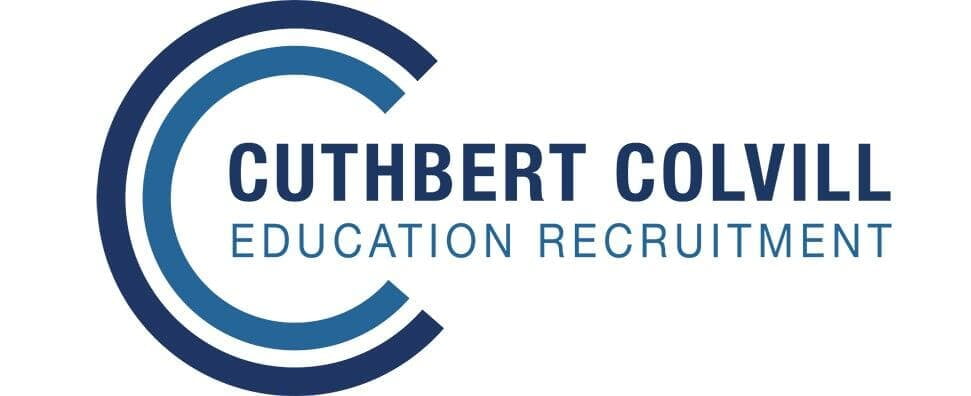
In recent years, there has been a growing awareness of the importance of creating an inclusive educational environment. An inclusive classroom is one that values diversity, promotes equal opportunities, and strives to meet the needs of every student, regardless of their background or ability. In the UK, addressing learning gaps in the education system has become a top priority, and creating an inclusive classroom is a key strategy to achieve this.
The importance of addressing learning gaps in the UK education system
Addressing learning gaps has become crucial in the UK education system. Learning gaps refer to the disparities in academic achievement between students of different backgrounds, abilities, or socio-economic statuses. These gaps not only hinder the individual progress of students but also contribute to broader educational inequalities.
In the UK, learning gaps have been a persistent challenge, particularly among disadvantaged students. Research has shown that students from low-income families, minority ethnic backgrounds, and those with special educational needs are more likely to experience learning gaps. Failing to address these gaps can perpetuate social and economic inequalities, limiting opportunities for these students in the future.
By addressing learning gaps, we are not only improving the educational outcomes of individual students but also creating a more equitable and inclusive education system. It is our responsibility as educators to ensure that every student has an equal chance to succeed, regardless of their background.
Identifying learning gaps in the classroom
Before we can address learning gaps, we need to identify them. Identifying learning gaps involves assessing the individual needs and abilities of students and understanding where they may be struggling academically. This can be done through various methods, such as formative assessments, standardised tests, and observations.
One effective way to identify learning gaps is through formative assessments. These assessments provide ongoing feedback on student progress and help teachers identify areas of weakness. By regularly assessing student understanding, teachers can identify specific learning gaps and tailor their instruction accordingly.
Standardised tests can also provide valuable insights into learning gaps at a broader level. These tests allow educators to compare student performance across schools, districts, and even countries. By analysing the results, we can identify systemic learning gaps and implement targeted interventions.
Observations and informal assessments are equally important in identifying learning gaps. By observing students during class activities, discussions, and group work, teachers can gain a deeper understanding of their strengths and weaknesses. This qualitative data can complement the quantitative data from assessments, providing a more holistic view of learning gaps.
Strategies to create an inclusive classroom environment
Creating an inclusive classroom environment is essential to address learning gaps effectively. Here are some strategies that can help achieve this goal:
Collaborative learning strategies for an inclusive classroom
Collaborative learning is a strategy that promotes active engagement, cooperation, and peer support in the learning process. It encourages students to work together, share ideas, and learn from one another. In an inclusive classroom, collaborative learning can be particularly beneficial for addressing learning gaps.
Implementing collaborative learning strategies involves creating opportunities for group work, discussions, and projects. By working together, students with different abilities can support and learn from each other. This not only helps address learning gaps but also fosters a sense of belonging and community among students.
Implementing individualised education plans (IEPs) for students with learning gaps
For students with significant learning gaps, individualised education plans (IEPs) can be an effective way to provide targeted support. IEPs are personalised plans that outline specific goals, accommodations, and strategies for students with special educational needs. They involve collaboration between teachers, parents, and other professionals to ensure that students receive the necessary support to overcome learning gaps.
Implementing IEPs requires careful assessment, goal-setting, and monitoring. It is essential to regularly review and update the plans based on the student's progress and changing needs. By implementing IEPs, we can provide tailored support for students with learning gaps, enabling them to reach their full potential.
Providing additional support services and resources for students with learning gaps
In addition to differentiated instruction and IEPs, it is crucial to provide additional support services and resources for students with learning gaps. This can include specialist interventions, tutoring, counseling, and access to assistive technologies. By providing these additional resources, we can further support students with learning gaps and ensure they have the tools they need to succeed.
Evaluating the effectiveness of inclusive classroom strategies
To ensure the effectiveness of inclusive classroom strategies, it is essential to evaluate their impact. This involves collecting data, analysing outcomes, and making informed adjustments. By regularly assessing the effectiveness of strategies, we can identify what works and what needs improvement. This ongoing evaluation process allows us to refine our approach and better address learning gaps.
Creating an inclusive classroom is a critical step towards addressing learning gaps and creating a more equitable education system in the UK. By understanding the concept of an inclusive classroom, identifying learning gaps, and implementing strategies to address them, we can provide every student with the opportunity to succeed. It is our collective responsibility to create an inclusive and supportive environment where every student feels valued, respected, and empowered to learn.
Let us work together to create inclusive classrooms and bridge the learning gaps in the UK education system. By embracing diversity, promoting equal opportunities, and implementing effective strategies, we can ensure that every student receives a quality education. Together, we can create a more inclusive and equitable future for all.

